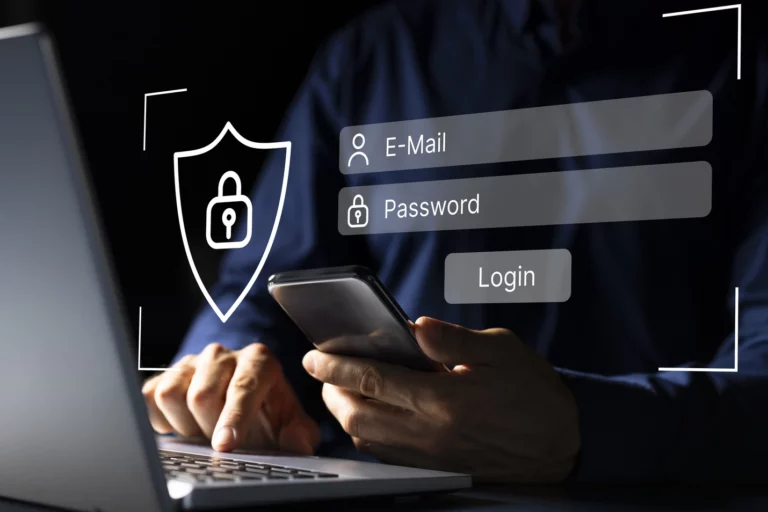Understanding Zero Trust Cybersecurity
A small mistake in security could hurt your business a lot. That’s why even small businesses need a strong cybersecurity plan, like zero trust.
What is zero trust?
Zero trust means not automatically trusting anyone or anything online. It’s about checking every time someone or something wants access, because any interaction could be harmful. This is important in today’s workplaces, where people work in different ways and use lots of different devices.
But zero trust isn’t a quick fix. It’s a careful plan that needs to be set up the right way.
Setting up zero trust: Important things to remember
When you start using zero trust in your cybersecurity plan, remember these things:
- Always check: Make sure to confirm who’s trying to get in, whether it’s a person, device, or app. Good controls for Identity and Access Management (IAM) help keep the wrong people out and the right people in.
- Keep access limited: To stop bad things from happening, only give people the access they really need. Techniques like Just-in-Time (JIT) access, Principle of Least Privilege (PoLP), and Segmented Application Access (SAA) help keep things safe.
- Think ahead: Assume that something bad could happen, and plan for it. Treating your networks and systems as if they’re already under attack helps you respond quickly and limits the damage.
We’re here to help
Setting up zero trust can be tricky, but you don’t have to figure it out alone. We’re here to help you. With our experience and the latest technology, we can make your business safer from online threats. Let’s work together to protect your business.







